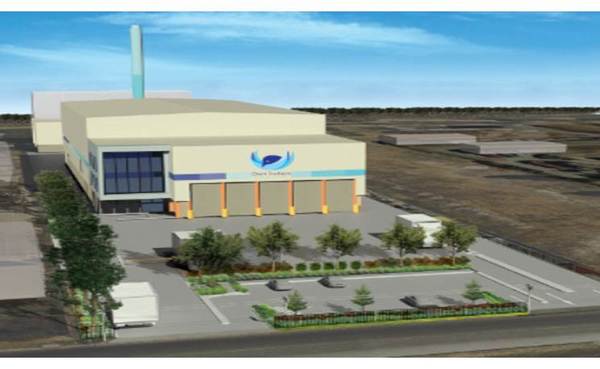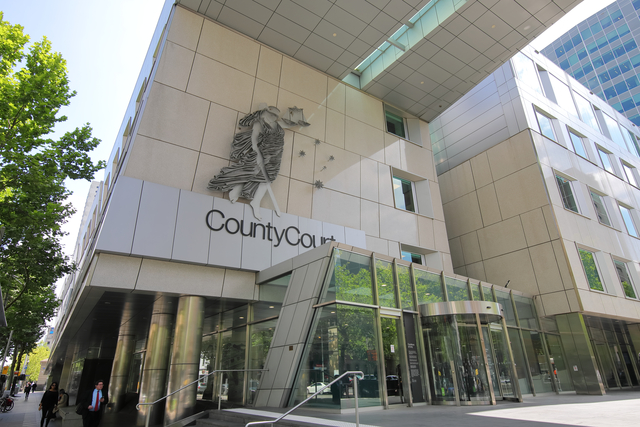Greater Dandenong Council has ruled out a Supreme Court of Victoria challenge against a controversial waste-to-energy plant in Dandenong South.
Acting city planning director Jamie Thorley said the council could only appeal the VCAT’s recent permit approval for the 70 Ordish Road project on a point of law or if the decision was unlawful.
“These concerns have not been raised or identified by the council’s lawyers,” Mr Thorley told a council meeting on 28 October.
“No further action can be made on the planning permit.”
The council however will appeal the Environment Protection Authority Victoria’s works approval for the Great Southern Waste Technologies project. The hearing is set to start at VCAT in February 2021.
But the appeal was unlikely to cancel the project, according to community-based South East Environmental Group.
“If successful, and with the best possible outcome, it may lead to imposing more conditions on the already-granted permit to build and operate the incinerator, based on numerous European examples,” it stated.
“The only way to try to reverse the VCAT decision and to cancel the permit … is for the Council or anyone else to appeal to the Supreme Court.”
SEEG stated that the council’s best “way out” was to propose a “safe eco-friendly alternative” such as anaerobic digestion technology.
In a public statement, the council stated it engaged experts, lawyers and a specialist barrister for the February appeal.
A specialist firm was providing technical advice on air quality, noise, vibration, human health and environmental risk, waste classification and handling fly ash, the council stated.
“This is one of the most significant VCAT planning appeals Greater Dandenong has pursued and demonstrates Council’s commitment to ensuring the proposal is opposed.”
Since November, the project has attracted public outrage, with homes as close as 800 metres from the site.
The site is on the western edge of the “suitable” Industrial 2 zone – a zone that is typically more than 1500 metres from residences.
A coalition of schools, residents and community centres in Keysborough within five kilometres have objected.
In its findings, the EPA stated the “potential air emissions … pose negligible risk to human health”.
The proposed air emission, odour and noise pollution controls were “consistent with international best practice standards of the European Union”.
The EPA found that the plant’s 1.4 kilometre distance from the closest residents and Mt Hira College was “acceptable”.
The gasification facility with two 55-metre chimneys will process 100,000 tonnes a year of household solid waste, commercial and industrial waste, producing 7.9MW of electricity.
Nearby are a clinical waste incinerator, a resource recovery facility and a transfer station.







